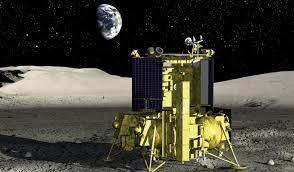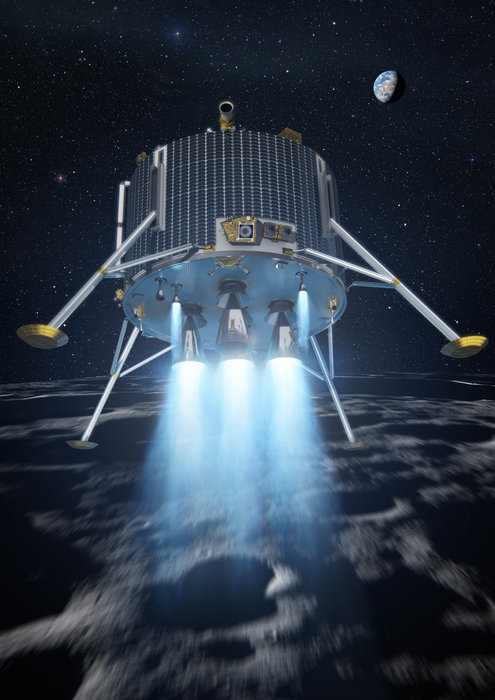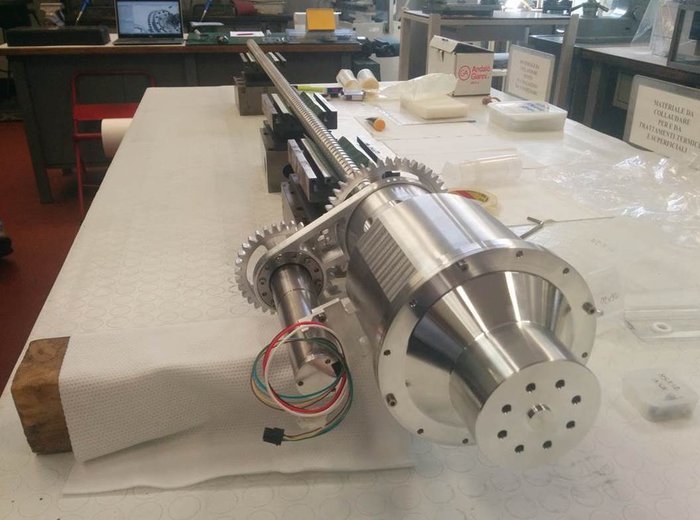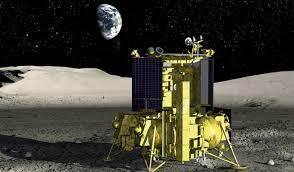The Russian Luna-27 lunar automatic station will be launched atop an Angara carrier rocket from the Vostochny spaceport, Head of the State Space Corporation Roscosmos Dmitry Rogozin said in a new film series of the General Line program on Wednesday.
"The Luna-27 is a heavy lander with a drilling rig that will be lifted by an Angara. That is why we are planning to launch these rovers in 2024 and 2025," the Roscosmos chief said.
The Luna-26 lunar orbiter is due to be launched atop a Soyuz-2 carrier rocket, he said.
Initially, a Soyuz-2 rocket was planned for launching the Luna-27 mission.
Russia's first lunar mission since the Soviet Union is planned for 2022 (Luna-25) to be followed by the Luna-26 probe in 2024, the Luna-27 station in 2025 and the Luna-28 vehicle in 2027-2028.
The Vostochny spaceport in Russia’s first civilian cosmodrome located near the town of Tsiolkovsky (built on the territory of the former settlement of Uglegorsk in 2015) in the Amur Region in the Russian Far East. A decree on the spaceport’s construction was signed by the Russian president in 2007. A multi-purpose launch compound for Soyuz-2 carrier rockets was built in 2012-2016 during the first stage of the cosmodrome’s construction.
The second stage envisages building a launch pad for Angara-A5 carrier rockets and the associated infrastructure. The construction of the spaceport’s second stage is expected to be completed in late 2022.
The Angara is a family of next-generation Russian space rockets. It consists of light, medium and heavy carrier rockets with a lifting capacity of up to 37.5 tonnes. Angara rocket units are produced at the Omsk-based Polyot Production Association (part of the Khrunichev Space Center within Roscosmos). The first two launches of the Angara carrier rocket were conducted on December 23, 2014 and December 14, 2020 from the Plesetsk space center.




